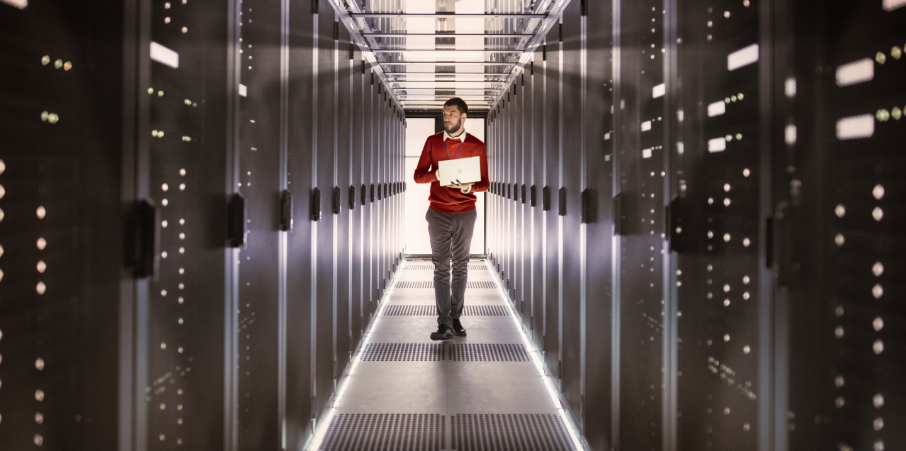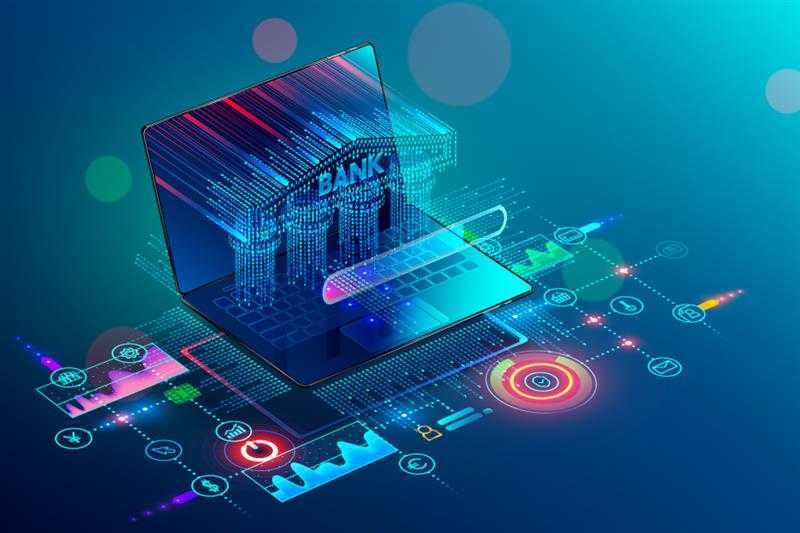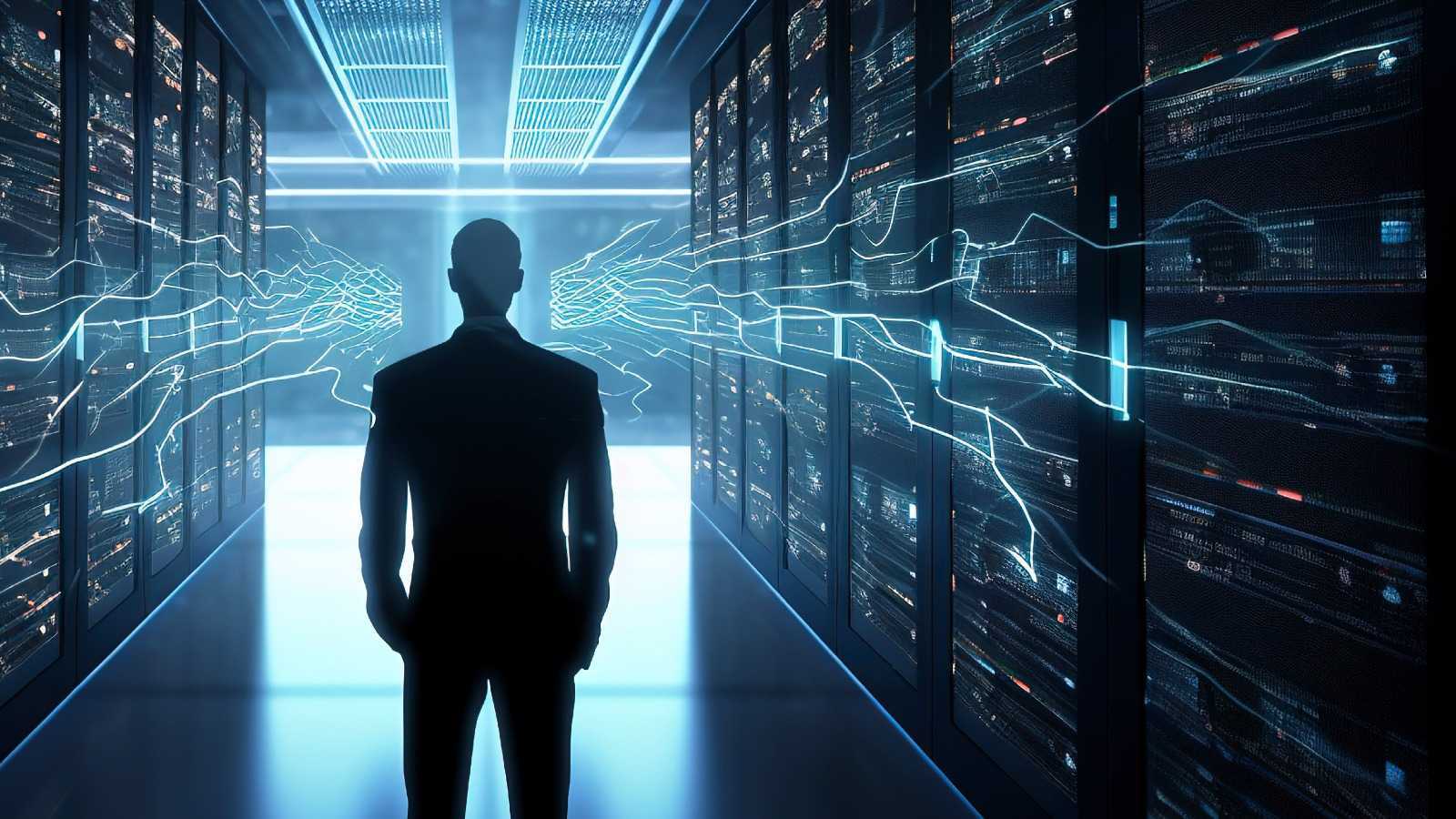As the penetration of IoT, distributed cloud computing and 5G networks expands, the physical infrastructure of these data hubs is undergoing dramatic overhaul. To better serve these new technological requirements, organizations are redefining their data centers approach and redesigning the underlying architecture towards the edge to process data and services as close as possible to the end user

The role of centralized data centers across industries is transforming rapidly. As the penetration of Internet of Things (IoT), distributed cloud computing and 5G networks expands, the physical infrastructure of these data hubs is undergoing dramatic overhaul. In order to better serve the new technological requirements, the typical function of data is shifting from the crux of operations toward the edge or logical extremes of a network. Termed as edge computing, this process aims to enable an organization to process data and services as close as possible to the end user.
Hence, organizations are redefining their data centers, and redesigning the underlying architecture to support new demand. According to Gartner, about 10% of the average enterprise’s data is already created and computed outside of centralized data centers or cloud. The research and advisory firm expects this figure to grow to 50% by 2022. But why the sudden transition away from the centralized data centers?
Edge computing: A closer look
Edge computing is gaining traction because it helps enterprises combat multiple IT challenges that arise from data-centric workloads, including high latency stemming from public cloud platforms. It minimizes redundant data flow to and from data centers, and maintains sensitive data on premise, while leveraging the benefits of cutting-edge technologies such as the versatility of cloud platforms.
Also, as intelligent applications become more pervasive, fast computing has become an urgent requirement. By 2019, data amounting to over 00 zettabytes is expected to be generated by varied users connected to the Internet, thereby escalating cloud computing loads. Furthermore, as the foundation for the Internet-device ecosystem, 5G networks are projected to be contributors of large data loads to physical data centers. This would increase the need for intermediary servers. With the physical distance between the connected devices and data centers continuing to increase, a load of this scale demands higher bandwidth and lower latency.
Against this backdrop, increased enterprise expenditure on artificial intelligence (AI) - estimated to reach $57.6bn by 2021 - and a projected proliferation of 20.4 billion IoT devices by 2020 are compounding enterprise concerns over data collection, storage, processing and analysis.
The impact of edge computing on data centers
Increased storage capacity: As data volumes grow exponentially, data centers at the core and the edge have to be able support the requirement. Consequently, data center planners are attempting to address the growing demand for micro data centers located at the edge. A 2017 report indicated that edge computing would be a part of strategic IT services architecture, instead of being an incidental addition to the infrastructure.
Rise in hyperscale cloud data centers: The mix of IoT and data centers is likely to change data center practices, driving heavy investments toward colocation and customized cloud data centers that meet the demands of hyper scale customers.
Granular localization: Since data insights and related actions are expected in real time — especially in the context of IoT – there is a distinct need for locally accessible analytics. Obtaining all the support from great distances can be laborious and inefficient.
Lack of standardization: Instead of enterprise data center teams driving edge implementation, it’s often the initiative of the lines of business and product teams that are trying to upgrade a process or service. As a result, the infrastructure resources employed vary, and edge devices are likely to be installed close to resources that lack sufficient skills to operate them.
So what does this mean for the future of data centers?
As per the 2018 Edge Computing Index, 64% of the enterprises surveyed were concentrating on blending edge computing and data analytics, with 72% of them already at the implementation stage. However, it is important to note that data centers are not becoming obsolete with the advent of edge computing.
Since the future of ‘real-time’ process relies on robust edge computing, less mission critical data needs to be stored safely at an alternate location. Data center and edge devices will, therefore, have to be regroup their physical structures, and work harmoniously with each other. For instance, customers of big box data centers might require increased access to edge computing, while saving the remaining data at smaller data warehouses.
Nxtra by Airtel, a subsidiary of Bharti Airtel Limited, offers
largest network of secure, scalable, and sustainable data centers
in India to leading enterprises, hyperscalers, start-ups, SMEs
and governments.
Follow us on :






_1724410758.jpg)
